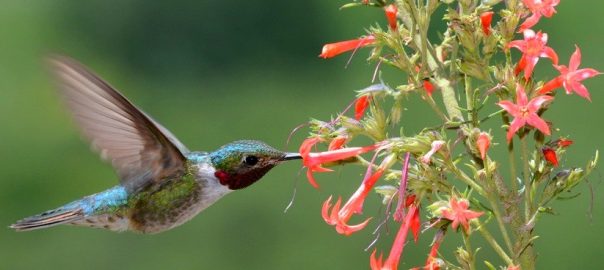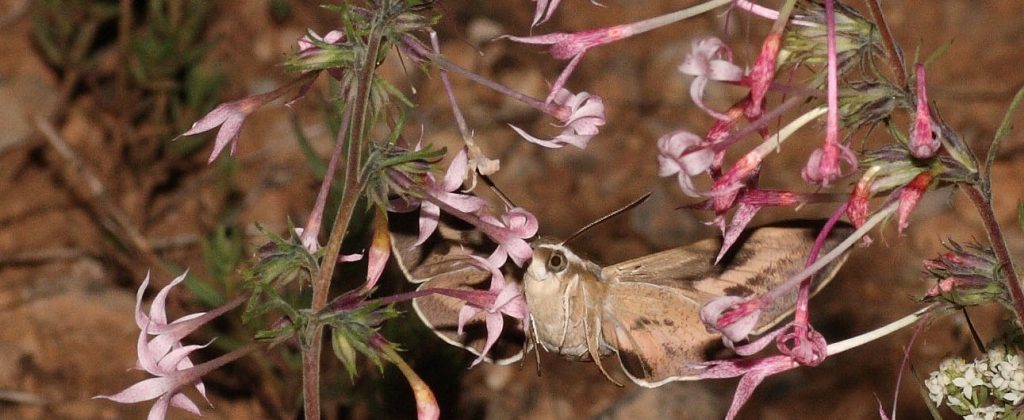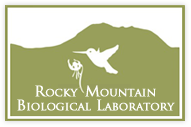Floral and leaf traits respond to snowmelt timing and monsoon precipitation
Read the papers:
Snowmelt timing affects the strength of selection on floral traits
Does pollinator-mediated selection on flower shape change from year to year?
Because of their importance for plant reproduction, pollinators are known to exert strong selection pressures on floral traits. In the wildflower Ipomopsis aggregata, hummingbirds prefer to visit longer, wider, and redder flowers. However, there are other factors at play in the harsh subalpine environment, and many are annually variable. Diane Campbell and I analyzed a 10-year dataset from fieldwork in the Elk Range of Colorado and found wide variation in the strength of selection across years.
Is the strength of selection determined by annual snowpack?
One driver of selection strength could be climate. Plants rely on sufficient water from the winter snowpack to grow and produce seeds. In years with low snowpack, the soil becomes drier and any fertilization boon to showier flowers may be erased by the inability to translate those fertilized ovules into seeds.
Over the decade we studied, variation in snowfall and temperature pushed the snow melt date over a range of seven weeks. We found weaker selection for long flowers in early melt years, in accordance with the hypothesis that natural selection changes even when the primary selective agent (the pollinator) is not directly influenced.
Does the direction of selection depend on relative pollinator abundances?
We know that Ipomopsis is effectively pollinated by both hummingbirds and hawkmoths. Due to the width of their nectar-drinking parts, hummingbirds prefer wider flowers and hawkmoths prefer narrower ones. We hypothesized that the relative abundances of each pollinator would dictate the direction of selection for a given year. In one late melt year without many hawkmoths, wider flowers were favored, and narrow flowers were favored in the two unusual years with abundant hawkmoths.
Read the paper:


